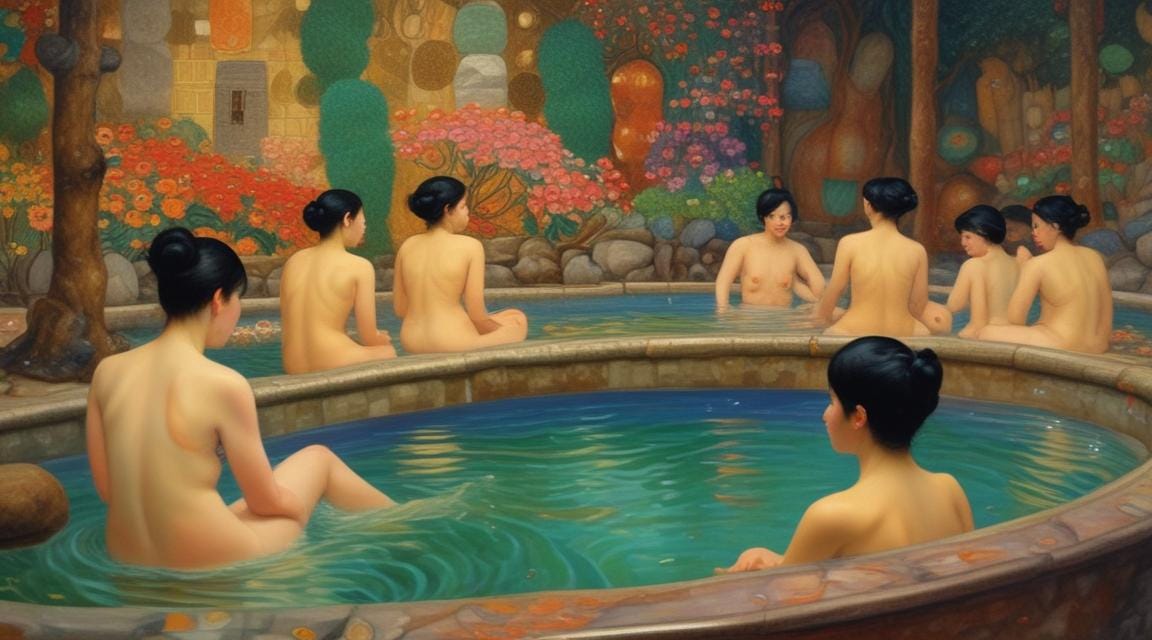Hi! This is Leyla from A Day Well Spent, a newsletter seeking pathways to more purposeful living.
What subscribers received recently:
Your personal care products likely contain harmful toxic chemicals — here’s 7 of them you’ll want to avoid
Guided by Nature — I answered 11 questions about the body, brain and books
‘True’ wealth — and what it means to me, including a parable
You can subscribe with your email to ensure you never miss my posts:
Today’s column is adapted from a piece I originally published a few years ago that almost no one read. I hope you enjoy it.
Did you know: the simple, free and meaningful act of hitting the heart icon ❤️ above, or sharing this piece, makes it easier for people to find this newsletter. Should you do this, I see you and it is so appreciated. Thank you.
Japan is my favourite country — it is bonkers
If you visit Japan, you will notice a lot of things. A lot of beguiling, unfamiliar and often perplexing things.
Chairs on trains swivel 180 degrees so as to always face the direction of travel. The doors to taxis close automatically. You can smoke inside many restaurants, but only in designated areas on the street.
Toilets are more advanced than the International Space Station, with buttons for services you didn’t even realise were desirable toilet features. Men openly read violent manga pornography in public — perhaps involving giant octopus tentacles — and no one will bat an eyelid. And there is absolutely and equivocally no tipping in Japan.





